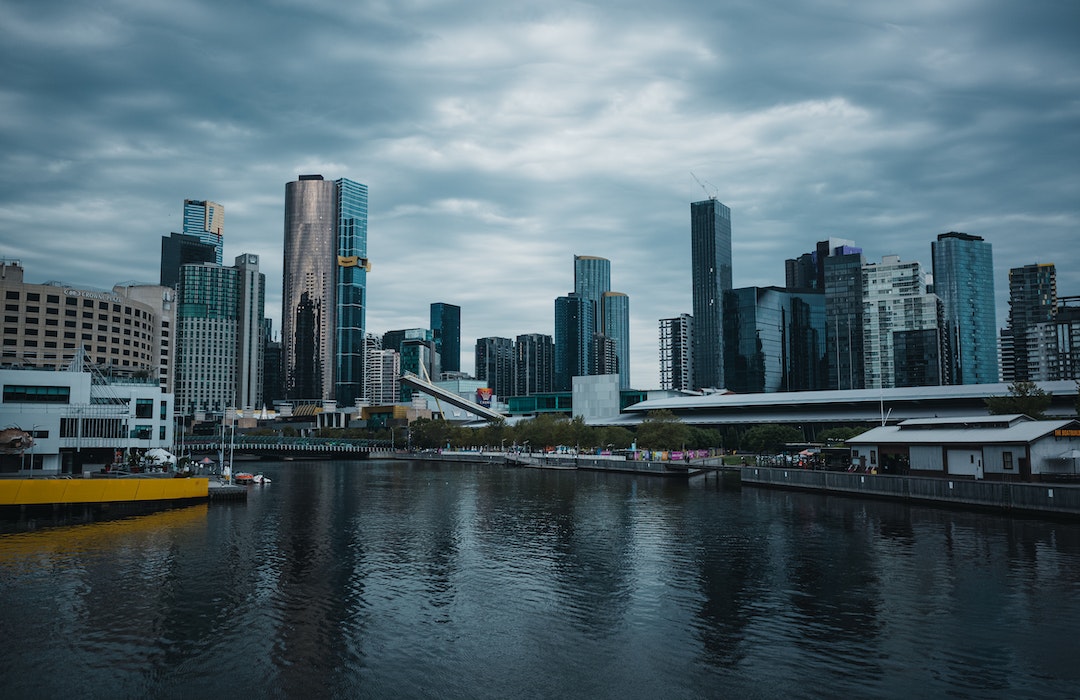From 400,000-year-old cave dwellings to community-based spaces, innovative architecture has always shaped our civilization. It has evolved to suit both the desires of builders and the needs of occupants. Here are some architectural designs that have the potential to shape the future. These buildings incorporate sustainable design principles, local materials, and eco-friendly building techniques.(Also Read: 5 Ways to Grow Innovation in Schools)
Why is innovation in architecture important?
Sustainable buildings reduce pollution, water use, and energy consumption. They also improve air quality and reduce noise pollution. The design and construction processes also address the quality of space for occupants. Sustainable buildings also use green building materials and finishes. This way, the building will have a lower carbon footprint than its counterparts.
One example of an innovative architectural building that incorporates these principles is the Harvard Science and Engineering Complex. This eight-level structure was designed by Behnisch Architekten with environmentally friendly strategies in mind. It includes energy-efficient HVAC systems and plant-covered roof terraces. It contains classrooms, fabrication studios, teaching labs, and amenity spaces. The design is broken up with green spaces that encourage natural light to enter.
This sustainable design concept has been successfully implemented in many buildings. The Elephant World architecture, for example, demonstrates social and environmental sustainability. It employs local labor and natural materials in the construction process. The architects used recycled construction waste as the foundation for the building. Local workers created the bricks for the building.
Another example of a sustainable building is the Anandaloy project by German architect Anna Heringer. The project includes a fair-trade textile manufacturing workshop for local women. This building employs principles of sustainable architecture while preserving the original four walls and a solid metal beam running through the center of the building.
Why should we use eco-friendly building materials?
In a recent project, the UCL Student Center in London was designed to be eco-friendly. Local labor was used to build the building, and furniture was crafted from locally sourced wood. The design is based on nature and uses a range of wood grains and jute in its furnishings. It also includes a cafe and prayer space.
Some of the most innovative architectural buildings utilize local materials to minimize energy consumption and reduce waste. For example, the Marco Polo Tower recycles 440,000 tons of waste annually, which is then used to power the building. It also utilizes natural ventilation, reducing the need for electrical air conditioning. Additionally, it uses heat exchangers on its roof to convert warm air into cooling.
What other methods can be applied?
Innovative architecture in buildings can also reduce the need for water. In addition to minimizing water consumption, they can also help preserve local ecosystems. Some examples of green construction include homes that use bamboo, a popular tree that grows three feet a day.
How is 3D printing being used in architecture?
Universities around the world are already embedding 3D printing technology in their curricula. Students can use this technology to study “future living” and innovative architecture. A recent project in Dubai, for example, uses 3D printing to create prototype dwelling units for future projects. The government has grand plans for the technology, aiming to create a quarter of all new buildings using 3D printing by 2030.
3D printing allows architects to create structural elements using realistic models. These models help architects create accurate site plans. It also allows designers to experiment with different placements of building elements. Furthermore, desktop 3D printers allow designers to iterate on complex designs quickly and easily without extending the project timeline.
These technologies will make it easier for architects to experiment with new construction techniques. The use of 3D printing can create buildings with unprecedented architectural flexibility. It allows designers to think outside the box and create buildings that are both functional and beautiful. It allows architects to develop buildings that are both environmentally conscious and economical.
3D printing allows architects to create complex models that can be used for discussions with clients. 3D models can be produced in hours, saving both time and money. They can also be used to communicate architectural proposals. This can greatly reduce the number of costly mistakes that can be made with a 2D model.
In a recent collaboration between US nonprofit New Story and a tech start-up, a community of 50 3D-printed homes is being constructed in rural Mexico. Each home will have two bedrooms, a kitchen, a bathroom, and a living room. The homes will also be hurricane- and earthquake-resistant.
Another example of a building made with 3D printing is the Dutch presidency of the European Union. During the Netherlands’ presidency, a new facility was built for politicians to meet with the European Union. During the Netherlands’ presidency, a new facility was built for politicians to meet in. The freedom that 3D printing afforded the architects was used to create the elegant facade of the facility. The design resembled a sail stretched over the building.












